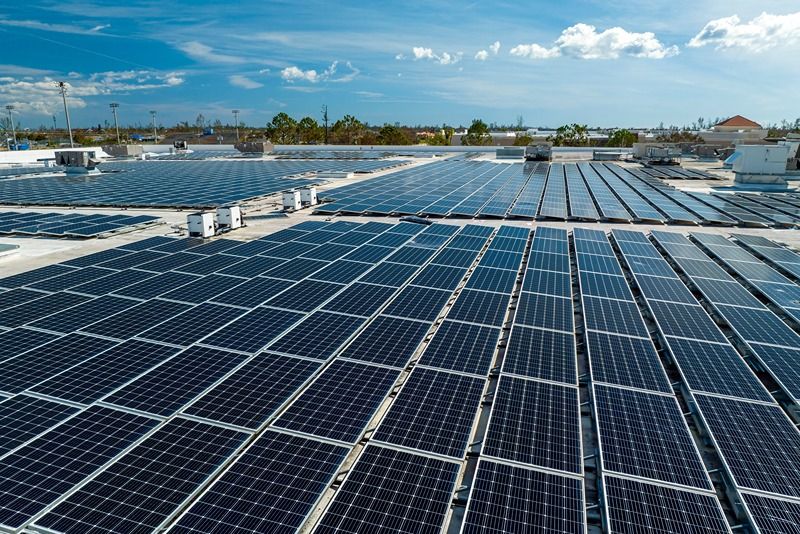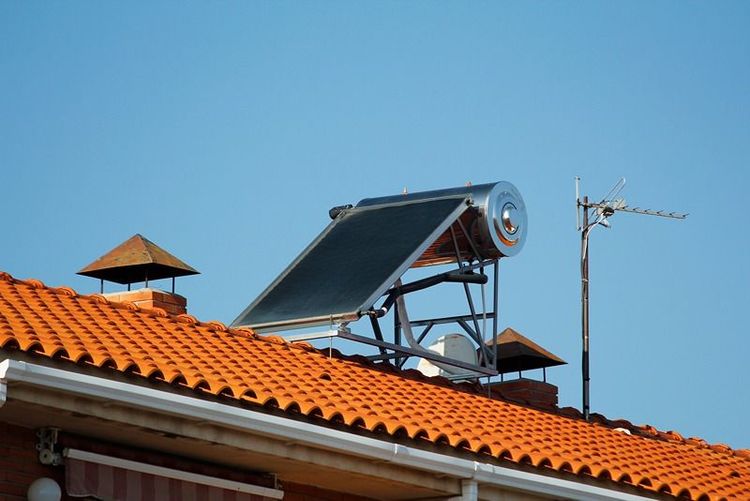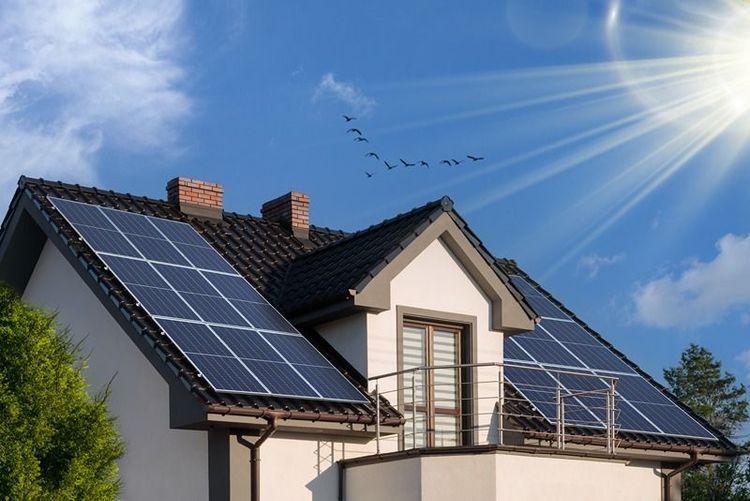As the world increasingly turns to renewable energy sources, solar panels for homes have become famous as they reduce their carbon footprint and save on energy costs. Understanding how solar panels are made can provide insight into the factors influencing their performance and sheet metal prices. This article will explore the manufacturing process of solar panels, focusing on the materials and components used, including galvanised (GI) sheet and galvalume steel. Interested in delving deeper into the world of solar panels? Register now to stay updated on the latest insights.
Raw materials and components
Solar panels comprise several vital materials, each contributing to their efficiency and durability. The primary components include:
- Silicon: silicon is the main ingredient in solar cells, and it is processed and purified to create photovoltaic (PV) cells.
- Conductive metals: silver and copper are used for electrical conductivity.
- Glass: a protective layer that shields the PV cells from environmental damage.
- Encapsulant: materials like ethylene-vinyl acetate (EVA) encase the cells to protect them from moisture and dirt.
- Backsheet: a layer at the back of the panel, often made from durable polymers.
- Frame: usually made from aluminium or steel, providing structural support.
Steel in solar panel manufacturing
Mild steel plays a crucial role in constructing solar panel frames and mounts. Companies like JSW Steel provide various steel products for use in this industry. Here's a closer look at the types of steel involved:
Galvanised steel (GI sheet): galvanised steel is used for its corrosion resistance and is a popular choice for solar panel frames and mounting structures. The galvanisation process involves coating the steel with zinc to protect it from rust.









 +91 7208055523
+91 7208055523
 Help & support
Help & support
